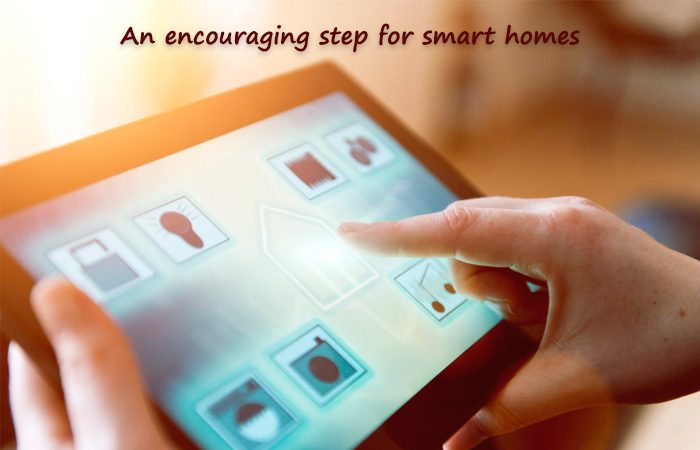In this blog you can read about the current barriers for the truly smart home automation, plus how the hub standardization and open API connectors are helping to make the smart homes a more realistic element of the emerging Internet of Things happening around us. A smart home is in fact a place that shows how much disposable income you have. Now imagine a house that schedules your thermostats and adjust according to the season or its peak usage or notifies you when your door opens or have motion sensors, etc.
Homeowners can now use smart home features so as to improve the security and save money by cutting off the devices that are not in use or tracks energy usage to improve your carbon footprint. Therefore, following are the points to support and to break barriers with APIs to smart home automation.
Safety and Insurance Concerns
There are safety issues to consider which allow users to operate machinery and trigger lights, etc. It is not only risky but may invalidate policies.
Smart Hardware versus Smart Software
Another problem smart home faces is that it has to deal with outdated and connected technology. As the modern software’s are being released a lot the hardware is not able to catch it up with the technology. There are many ways for this as an economy of converting old technology into a smart technology.
A human is always a human
This is the top major problem as the human believes in human error and that doesn’t fit well with the automation. Triggering and automation generally relies on someone who is living his life to a rigid schedule. Therefore, looking at some people’s habits, it doesn’t seem practical.
Let’s see if sometimes these barriers can be broken with certain APIs and its strategy for smart homes.

